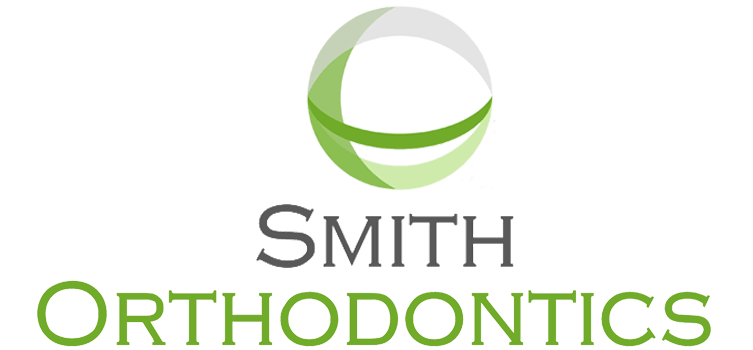It is recommended that children have their first orthodontic evaluation around the age of 7 or 8. By this age most children have a few permanent teeth in place, which allows an orthodontist to identify any potential issues there may be with the placement of the child’s teeth and the size and shape of their jaw. Any orthodontic interventions that are applied during these early years is considered Phase 1 or Early Orthodontic Treatment.
Why Should Children Have an Orthodontic Evaluation so Early?
Even if your child only has a few permanent teeth in place, an evaluation can be done of the existing teeth. An orthodontic evaluation can identify issues such as crowding, delayed eruption of permanent teeth, misaligned bite, and other potential problems. Many of these issues can be treated early in order to prevent the need for, or shorten the duration of, future treatment. The goal is to prevent any damage to the permanent teeth and to help the jaw grow and develop advantageously.
If there are no orthodontic concerns at the time of the evaluation, or if no immediate corrective action is needed, a future appointment will be set for another evaluation in a year or so.
What Types of Treatments are Applied in Phase 1 Orthodontics?
If, and only if, the orthodontist identifies problems with the teeth or jaw will early intervention take place. Issues such as crowding can be corrected or improved with a palate expander. Places where baby teeth have been lost but permanent teeth have not yet come in can be treated with appliances that make room or hold the space open for the permanent teeth. Other appliances can help to correct bite issues while the jaw is still growing. Sometimes braces will be placed on the just the top front row of teeth in the early years.
Will My Child Require Phase 2 Orthodontic Treatment Also?
In many cases, early orthodontic intervention does not prevent the need for later treatment. It can, however, reduce the extent and length of future treatment. It may also prevent the need to have teeth extracted due to crowding. Phase 2 may be able to be postponed for a longer period of time following Phase 1 treatment.
When Will Phase 2 Orthodontic Treatment Begin?
Phase 2 orthodontic treatment typically consists of braces, which are most often applied between the ages of 11 and 14. The reason for this timing is that braces are most effective during the extreme growth spurts that occur during puberty. When the body is experiencing the most growth, the jaw and teeth are more easily adjusted. Phase 2 may also include a few other orthodontic appliances or interventions to achieve the desired results.
Benefits of Early Orthodontic Treatment or Phase 1
To summarize, early orthodontic treatment, or Phase 1, has many benefits for children. If you’re trying to decide whether or not to pursue an orthodontic evaluation for your child, consider the following.
- Prevent damage to permanent teeth. Orthodontic issues, such as a misaligned bite, can cause damage to the permanent teeth. Teeth can wear down prematurely, or even chip, crack, or break. Accidental injuries to the mouth can be more serious. Early orthodontic intervention can help to prevent this.
- Encourage proper placement of permanent teeth. When the necessary preparations are made, the permanent teeth can come in straighter and in the proper position.
- Prevent the need for extraction of teeth. Having teeth pulled is sometimes necessary when there is severe crowding in the mouth. But if proper interventions are applied early, there may be room for all of the teeth without any extractions necessary.
- Potentially prevent the need for future treatment. It is possible, in some cases, that early orthodontic treatment can prevent the need for any future treatment. It depends on each individual case and the severity of the issues present.
- Shorten the time frame for future treatment. More likely, early orthodontic treatment may lessen the extent of future treatment, thus shortening the time a patient may need to wear braces.
- Treat breathing issues. Some children suffer from breathing issues while awake (mouth breathing) or asleep (sleep apnea). These issues can be caused by teeth or jaw problems and can potentially be cured by early orthodontic treatment.
Smith Orthodontics Believes Strongly in the Importance of Early Orthodontic Treatment
At Smith Orthodontics we believe that every child should have an orthodontic evaluation by the age of 7. When problems are identified early, they can be treated much more effectively. Even though your child may not have all of their permanent teeth yet, and even though they are still growing, orthodontic treatment can be extremely beneficial.
Call 937-431-0947 today to schedule a consultation or request an appointment. We look forward to helping your child get the start they need to develop a beautiful smile.

